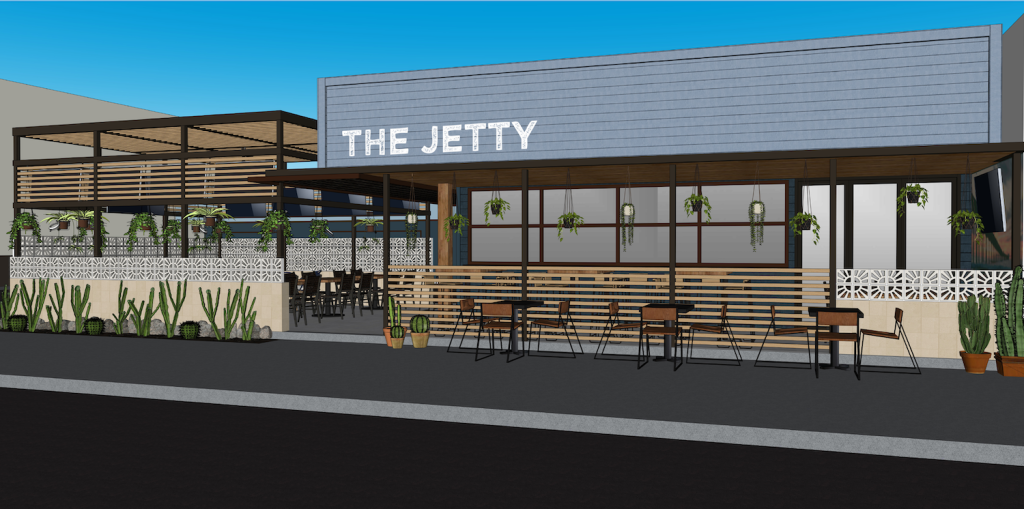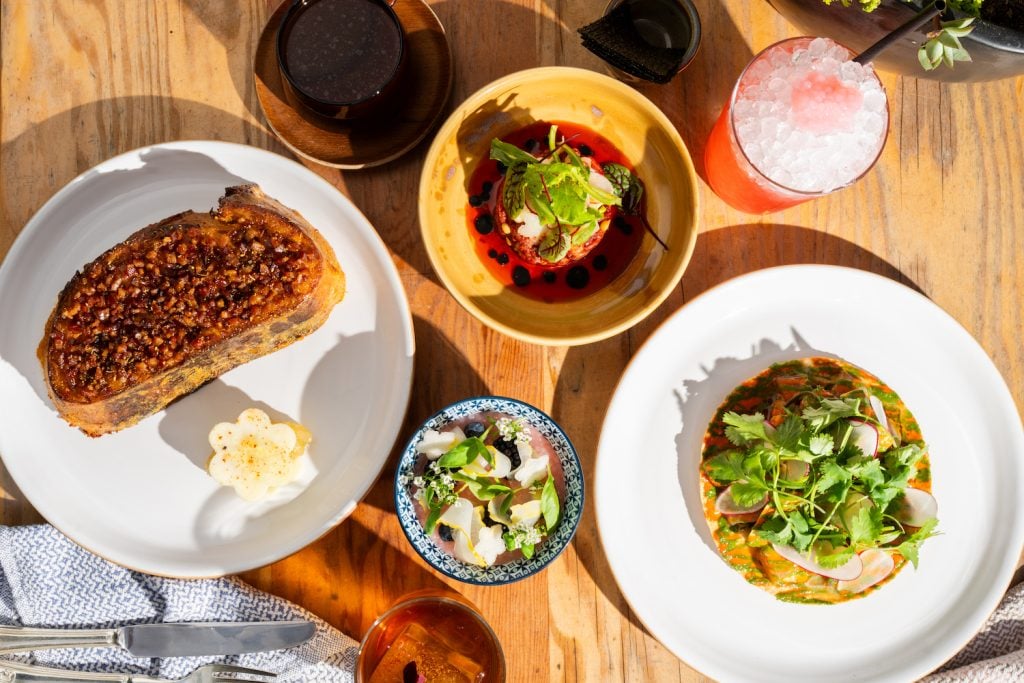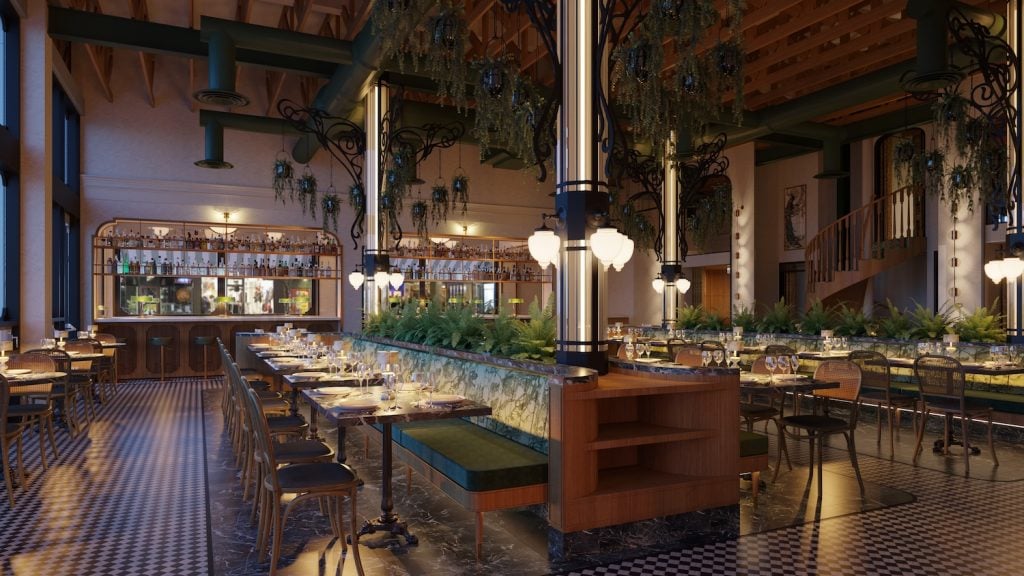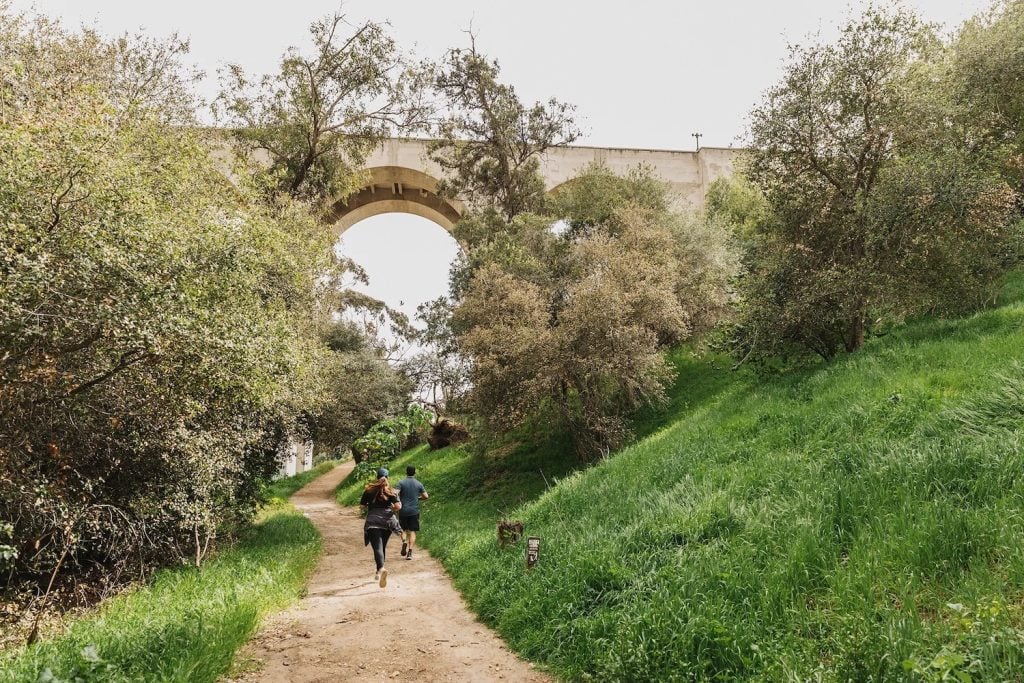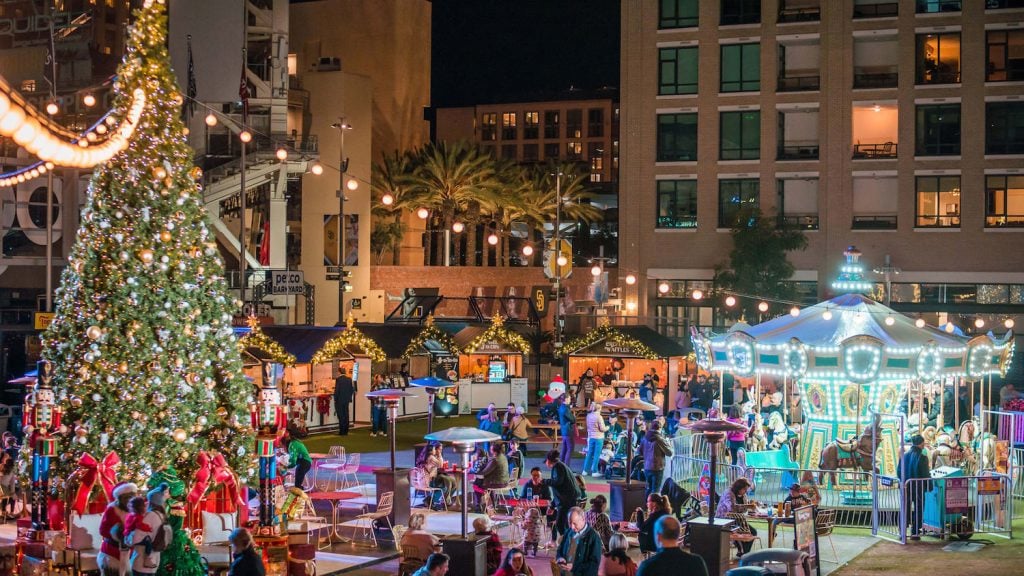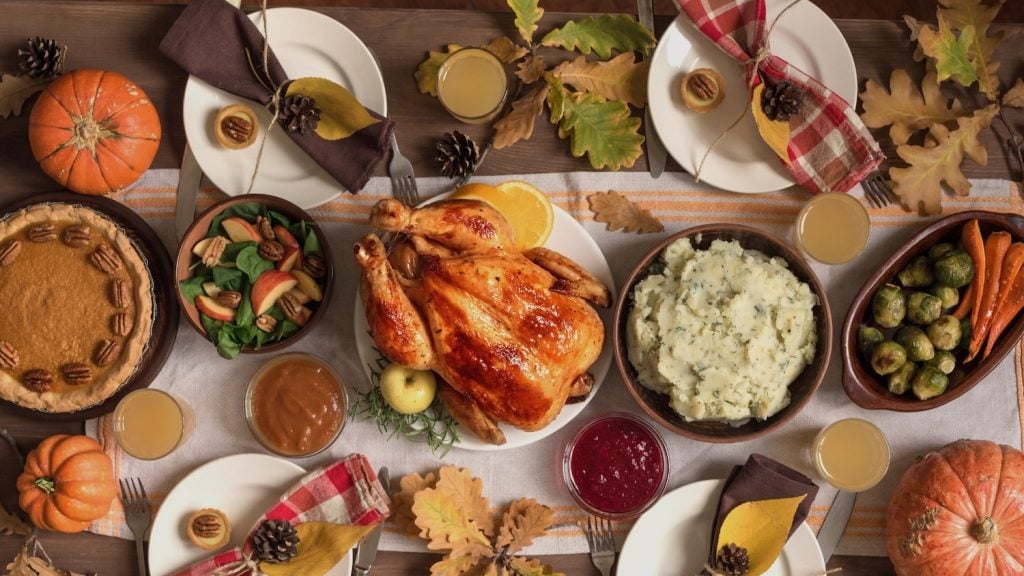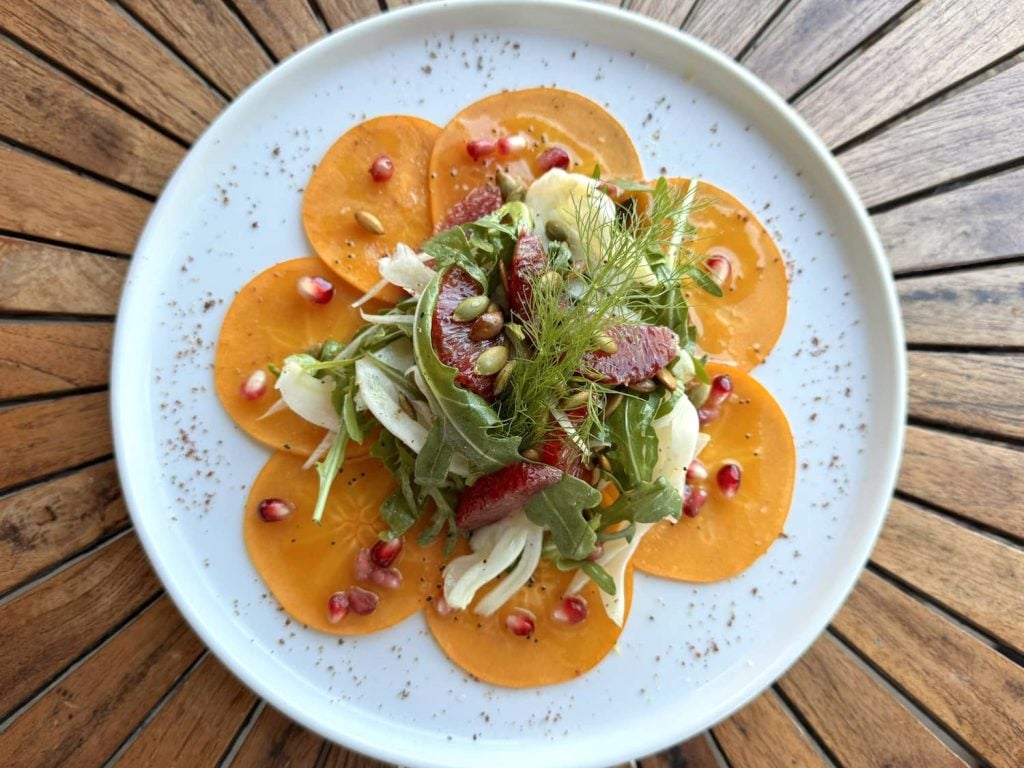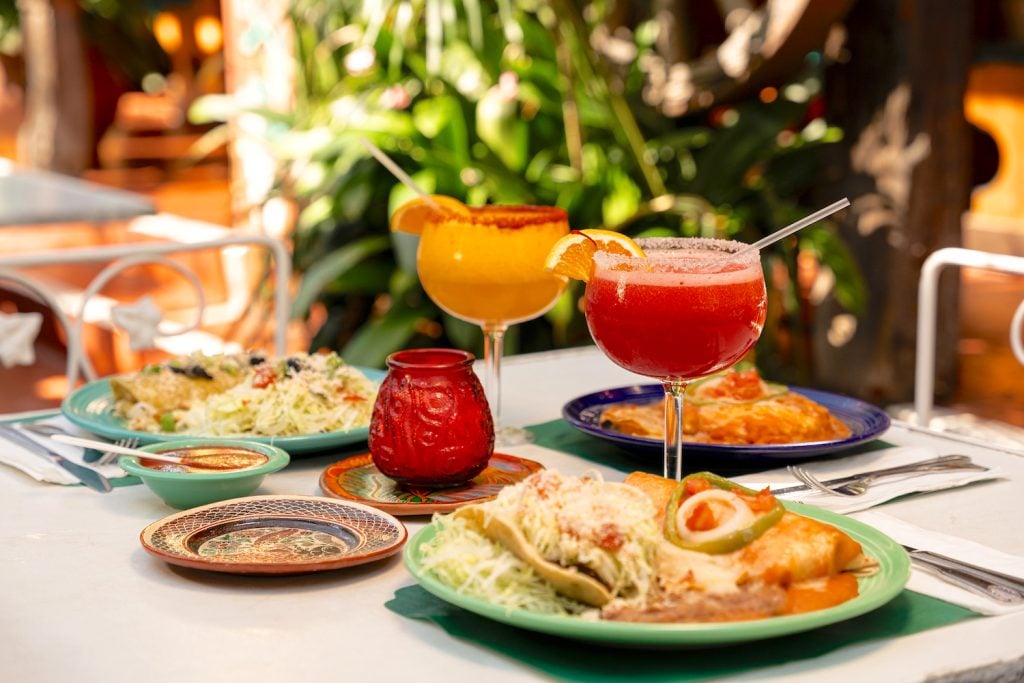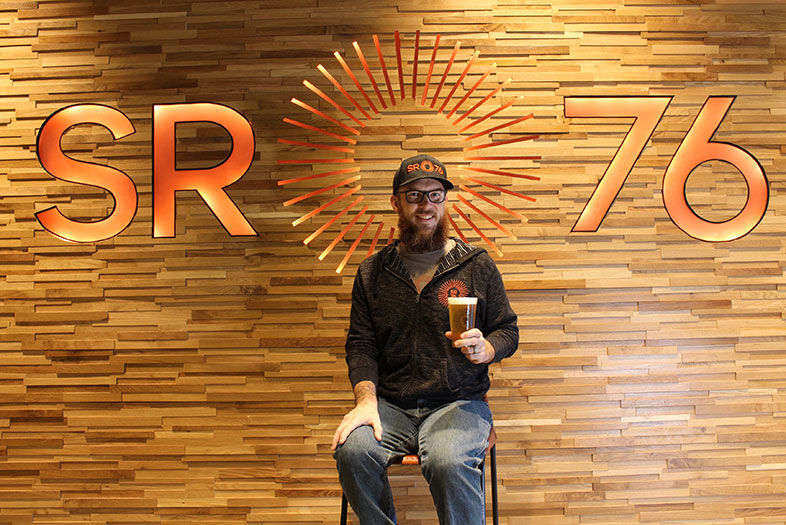When Valley Center Brewing Company closed its doors last year, the area went back to being a craft beer desert. Fortunately, with the recent opening of SR76, Valley Center is back on tap.
As part of Harrah’s Resort Southern California, the new brewery and tasting room represent a number of firsts: It’s the first tribal-owned brewery in SoCal—owned by the Luseño tribe (the same group that owns Harrah’s)—and also the first craft brewery to be an on-site official partner with a major hotel and casino. In addition, the brewery’s somewhat remote location, combined with its built-in customer base, makes for an interesting and unique setting for the operation of a San Diego brewery.
Heading up the project is Brewmaster Brian Scott, past president of the San Diego Brewers Guild and formerly of Karl Strauss. (Brian has also brewed for Firehouse and Mission Brewery.) The idea to build a brewery at the hotel developed from conversations Brian initially had with Harrah’s GM, Darrell Pilant, a few years back. “We just started talking about the idea of doing something like this here at Harrah’s,” Darrell recalls. “We started talking about, ‘Wouldn’t it be cool if…’ and, in 2014, we built a new hotel tower. Brian and I looked at this space and then we pitched the idea to the board. Brian’s been running with it ever since.” Darrell adds that the brewery offered the tribe a unique opportunity to be part of the San Diego brewing industry, while at the same time providing “a great amenity here at the hotel. It’s worked out perfectly.”
On Opening Day (November 5, 2016) SR76’s four core beers started pouring. Designed to be low-alcohol and easy-drinking brews, the initial lineup included Supul Saison, Hell Hole Pale Ale, Temet Kölsch, and Paradise Creek Wheat Beer. The beer selection is, as Brian explains it, meant to reflect and integrate the local culture and traditions of the Luseño as well as the land and its natural resources. “SR76 is the state route out here,” Brian explains, “but traditionally it was the footpath that the tribes would use to go between here and the coast.” This idea carries into SR76’s beer names as well. “Supul and Temet,” he says, “those are both words from the tribe. Supul means ‘one,’ it’s the first beer that we brewed, and Temet means ‘sun.'” The Hell Hole pale and the Paradise Creek wheat are both named for local landmarks right nearby the brewery. “I used some of these areas for inspiration,” Brian says, “as well as sources for native ingredients like orange, tangerine, and elderberry.”

SR76 Brews New Life into Valley Center
Core beers include a Kölsch, a pale, a wheat, and a saison. | Photo: Bruce Glassman
Brian’s brand-new 15-barrel system can produce up to 3,500 barrels per year, but the current business plan is to sell the beers exclusively at the hotel and in the tasting room. “We want to fill the pipeline here and also showcase this property,” Brian says. The beer is pouring at all the hotel bars, and is on tap in the brand-new, spacious, and comfortable tasting room. Darrell says the public’s reaction to SR76’s offerings has been overwhelming positive, and he’s gratified to see that the hotel’s guests “and, frankly, many of our employees” are enjoying the beers a great deal. Darrell and Brian find that people also really like the idea that the beer is made on site—and that’s true for both visitors to the hotel and also for Valley Center locals. “About fifty percent of our visitors are people who are at the resort and the other fifty percent are actually people who live out here,” Brian says. “The reception’s been really great.”
Some of that enthusiasm from locals certainly stems from the fact that SR76 has revived craft brewing in Valley Center. “It’s fun to fill that niche out here,” Brian says. “We’re kind of out here by ourselves, so we have a little different philosophy about making beers in general.” Brian explains that his core beers were primarily designed to be especially approachable, which is an important part of serving the diverse clientele that comes from all over the country—in fact, from all over the world. These are people who, as Brian sees it, “have a lot more exposure to craft. Not just San Diego craft, but craft all over.”
A large number of non-local visitors have heard about San Diego’s reputation for great craft beer, so they come with high expectations. “But, honestly, they’re a lot more open,” says Brian. “A lot of people that come from out of state are more receptive to beer styles than the typical San Diego craft beer drinkers.” Brian finds that these visitors are serious beer drinkers, but they tend to have a “more open mind” than a lot of the hardcore craft beer fans who typically populate the pubs and tasting rooms in—for example— North Park, Miramar, or Vista. “So, it’s been kind of cool to be that gateway to expose the people that come here to this side of craft,” Brian says. “It’s a fundamental part of what we do here.”

SR76 Brews New Life into Valley Center
The brewery’s tasting room is right next to Harrah’s. | Photo: Bruce Glassman
The fact that SR76’s beers are aiming to please a wider and more varied audience sets them apart from many breweries that operate in the densely populated craft beer neighborhoods of San Diego county. “Our beers are pretty normal, in the realm of beer,” Brian says, “but, at the same, that almost puts us outside the norm. When you come in here, you get a Kölsch that’s representative of the style. There’s no weird twist on it. We’re not trying to re-invent the box.” Darrell is quick to add that, “You won’t find a quintuple IPA here,” even though, as Brian admits, they do get an awful lot of requests for IPA.
This more mainstream approach to style has won over many of the locals, even those who previously had little or no exposure to craft. Brian likes the fact that his beers are accessible to non-craft drinkers and he’s encouraged by the number of mass-produced-beer drinkers he sees being won over by the SR76 lineup. “I think the saison is a nice way to do that,” Darrell says. “It’s very approachable, not very hoppy, and it’s a nice upgrade from those mass-produced beers.”
Plans to expand the core lineup include a red IPA, a porter, and another, “bigger” version of the saison (8% ABV), which is the style Brian feels will lend itself best to experimentation and various fruit additions.
Although they’ve been solely focused on getting the new brewery and tasting room up and running, both Brian and Darrell have plans that include future expansion of space, production, and distribution. “We want to be sure we do this at the right pace,” Darrell says. “We want to build on the platform of success that we’ve already started.” He adds, “This has never been done before: Owned by a tribe and run on tribal land.”
It’s also a new—and much more secluded—brewing environment for Brian, who spent much of his career at larger, more urban breweries. The upside, however, as he sees it, is that—as a brewer—he feels a lot more connected to the clientele and to the “actual consumer side of things. That’s something that’s really sort of unique, especially in a brewery of this size.”

SR76 Brews New Life into Valley Center
SR76 Brewmaster Brian Scott | Photo: Bruce Glassman
